Opensignal Show Divide in UK Rural vs Urban Mobile Broadband Speed

New data from mobile benchmarking firm Opensignal has looked at the mobile broadband network experience in rural and urban areas of the United Kingdom on 4G and 5G based networks, which naturally finds that rural areas suffer slower speeds. But the performance gap on 5G isn’t as big as we expected.
The new report is based on crowdsourced data, which was gathered from users on hundreds of thousands of devices (Smartphones etc.) between 1st May to 29th July 2022. Opensignal has a popular app that is used to collect a lot of this data.
The report finds that users in Italy experienced average overall download speeds clocking at 27.9Mbps in rural areas, which is some 2.7Mbps (8.8%) slower than users in urban areas. Italy saw the smallest relative gap between urban and rural areas in the small number of markets they analysed, significantly lower compared to other markets – as it ranged from 23.4% in Spain to 29.4% in the United Kingdom.
Advertisement
Speaking of the UK, the average mobile download speed across all connections (3G, 4G and 5G) was 31.4Mbps in urban areas and just 22.1Mbps in rural ones. However, when looking purely at 5G speeds, it’s noted that the UK delivered an average download speed in urban areas of 139.6Mbps, which fell only a little bit to 124Mbps in rural locations.
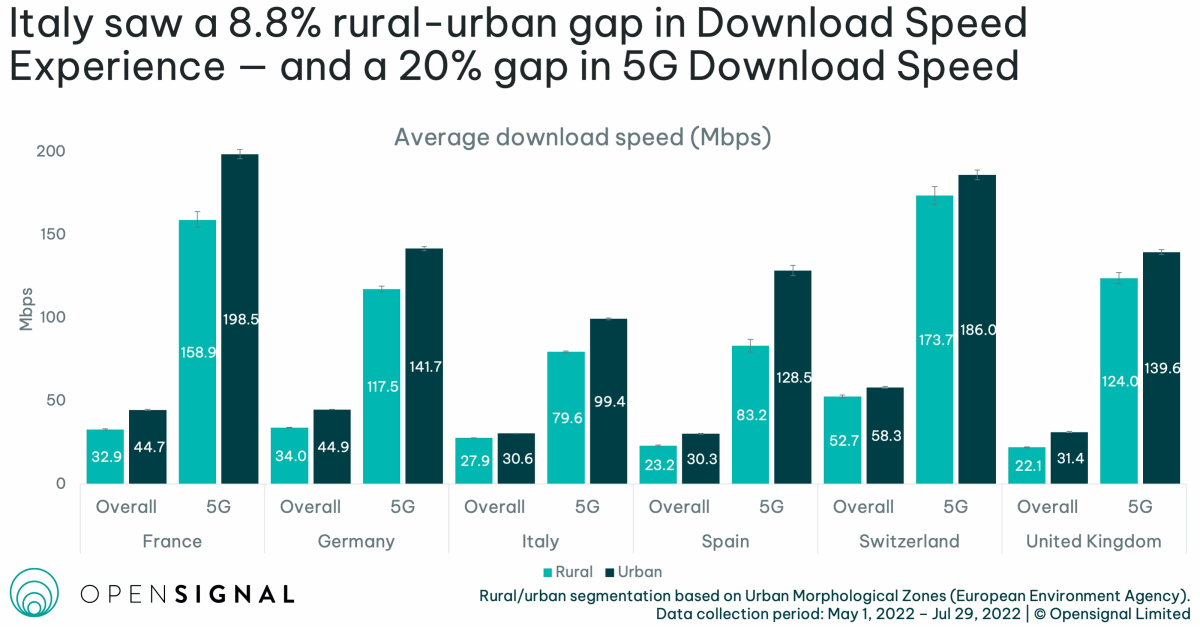
The reason for the performance gap often reflects the fact that rural deployments tend to cover wider areas and thus make greater use of lower frequency bands (i.e. less spectrum frequency spare for data and weaker signals over distance), which even when harnessing carrier aggregation can’t always match the combined performance of higher frequency bands in a denser urban deployment of mobile sites.
The catch in all this is that the vast majority of 5G deployments in the UK are currently in urban and not rural areas, which is likely to limit the usefulness of such studies. We’d need to see a wider reach of rural 5G and more data sampling before the true picture can emerge.
Advertisement
Mark is a professional technology writer, IT consultant and computer engineer from Dorset (England), he also founded ISPreview in 1999 and enjoys analysing the latest telecoms and broadband developments. Find me on X (Twitter), Mastodon, Facebook, BlueSky, Threads.net and Linkedin.
« Openreach Finish Superfast North Yorkshire UK Broadband Contract





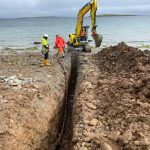


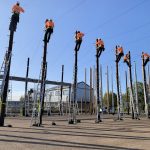
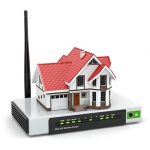
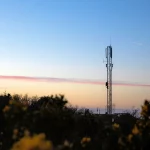


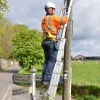









































Still quite a lot of areas in the UK with no mobile signal, and many with a bit outside but nothing in the offices or houses. Not just rural areas either.
Yeah. What will ever happen to improve the plight of those couple of houses in a dip, or behind a dense wood, so they don’t get a signal?
I can’t see the mobile operators ever trying to identify such cases let alone fix them, given how optimistic the computer modelling is.
The UK licensing model encourages bare minimum investment.
Couple of houses in a a dip ? the problems a lot bigger than you make out.
@mike we also have the issue that a lot of masts were placed specifically to provide coverage along road routes, as time has moved on it’s obvious around my area that theyre far from optimal for providing coverage elsewhere.
One of the key differences between the UK and other countries is the use of very tall masts in rural areas.
For most of the UK operators have been limited to 15-20m masts in many rural locations due to a reluctance to approve higher masts by local authorities.
In other countries masts of 30-50m (or more) are routinely approved – giving wider and faster coverage and better point to point connectivity between masts.
I believe it is now the case that 30m masts can be requested (especially in rural areas)
Local Authorities can be quite restrictive. Certainly in some parts of the Cotswolds Stroud District Council have approved very few masts, some areas villages and small towns like Bisley, Uley, Painswick etc the mobile networks have been trying for years, also lots of hysteria from the vocal minority but they are rejected at planning as being out of character within an area of outstanding natural beauty. I dont see how this can change the divide will continue.
@MilesT says Requested and Permitted at Planning are a big difference. There’s a lot opposition to masts now, probably urban is picking up the anti mast brigade now.
We live within 1 mile of a 300m mast. All mobile telecom antenna are installed von the mast very low down, there is a small hill in the line of sight meaning we cannot get a mobile signal from any provider inside or outside our home. I guess it will never be fixed?